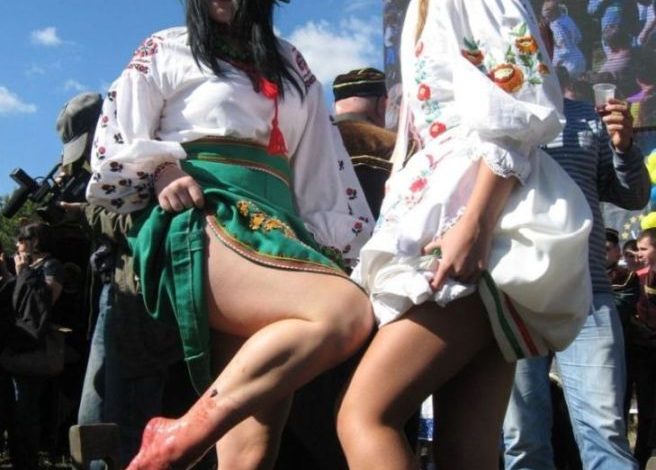Europe began to cut vineyards
The EU, after much debate, adopted the concept of reforming the wine industry. The main points of the reform, involving the partial cutting down of old vineyards, remained unchanged. However, even after the reform, it will be difficult for European guilt to fight Latin American or South African.
The long-awaited reform of the European wine industry, suffering from overproduction and competition from manufacturers from the New World, has begun: the reform project proposed this summer was approved by the ministers of agriculture of 27 EU member states.
The chief ideologist of the reform, the European Commissioner for Agriculture, Marianne Fisher Boel, insisted on the need to partially destroy the vineyards as a measure to combat the main scourge of the European wine industry – overproduction: about 13 million hectoliters of wine from 178 million hectoliters produced annually do not find a buyer.
The ardent opponents of the upcoming changes – France and Italy – managed to soften some of the particularly radical provisions of the reform. So, in particular, countries managed to lift the ban on planting new vineyards at the end of 2015, and not in 2014, as previously assumed. Some countries that have expressed such a desire (such as in the case of France) are given the opportunity to maintain the ban until the end of 2018.
European winemakers feared that such measures would destroy the centuries-old tradition of winemaking in traditional vineyards. In their view, such liberalization could lead to large industrial centers crowding out small wineries and leading to industrialization of the industry.
Most of the wine produced in Europe falls on France, Italy and Spain. In the European Union there are more than 2.4 million wineries in the territory of 3.6 million hectares. Recently, the consumption of European wines has been steadily declining, despite the growth in sales of expensive brands of wine. Moreover, over the past ten years, wine imports grew annually by 10% with a slight increase in exports. the main suppliers of wine were Chile, Argentina, South Africa.
Now, according to the adopted agreement, it is planned to destroy on a voluntary basis for a certain compensation within the next three years about 175 thousand hectares of vineyards. Initially, the reform project involved cutting down 400 thousand hectares, then after strong protests by winemakers, this figure was reduced to 200 thousand.
The current subsidy system, in which unsold wine is processed into industrial alcohol, will operate for another four years. However, subsequently, despite the desire of the European Commission, subsidies are likely to not be completely stopped.
Every year, the EU allocates up to 800 million euros for the processing of unsold wine, which, according to the European Commission, only contributes to the growth of overproduction. In addition, Germany managed to defend the reform point, which provides for the prohibition of the so-called “shaptalization”, in which sugar is added to increase the strength of the wine. According to the agreement, winemakers will be able to continue adding sugar to wine and not indicate this on the label, but the percentage of permitted sugar content will be reduced. Other reform provisions include the gradual simplification of wine labeling rules. “We did not achieve everything we wanted, but we came to a balanced solution,” rejoices the compromise reached by European Commissioner Marianne Fischer-Boel.
This post is also available in:
 English
English  Русский (Russian)
Русский (Russian)




